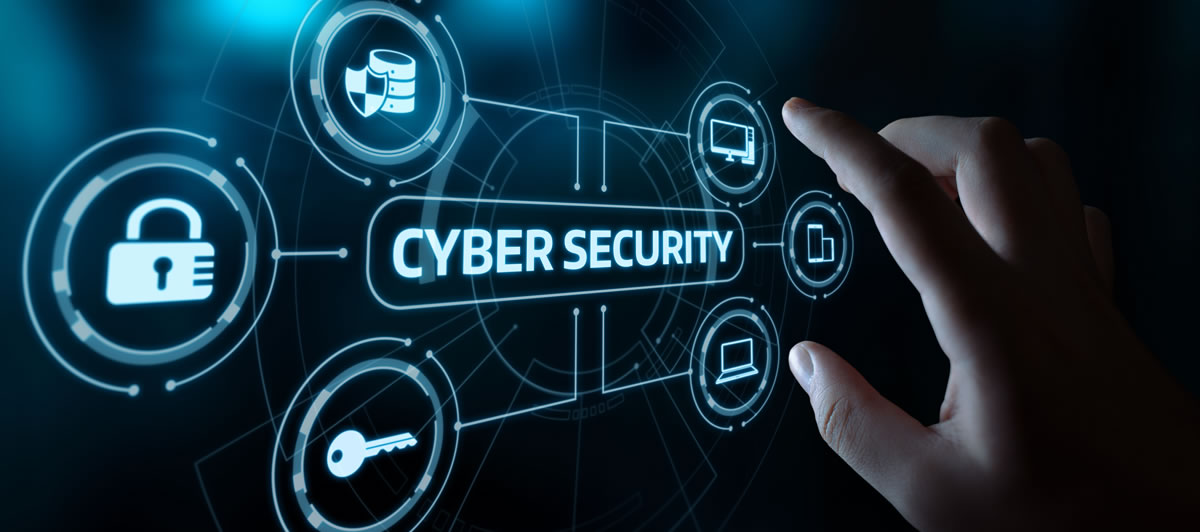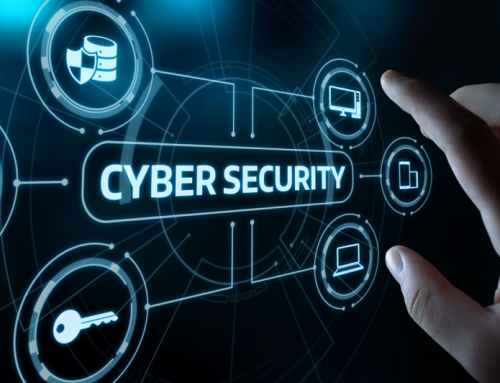One of the coolest things about cybersecurity is learning how attackers actually think and operate. That’s where the Cyber Kill Chain comes in. Originally developed by Lockheed Martin, the Kill Chain breaks down a cyberattack into distinct phases—from the attacker’s very first recon to the final data exfiltration.
For security analysts, this model is like a roadmap of an attacker’s journey. And if you’re studying for a CompTIA certification, trust me, it’s a framework you’ll want to have in your back pocket.
What Is the Cyber Kill Chain?
The Cyber Kill Chain is a step-by-step model that describes the stages of a cyberattack. Instead of treating an attack as a single event, it shows the progression an attacker goes through to reach their goal. The original model includes seven phases:
-
Reconnaissance – The attacker gathers information about the target. This could be scanning networks, scraping LinkedIn for employee details, or mapping out potential weak points.
-
Weaponization – The attacker builds their weapon, like bundling malware with an exploit or creating a malicious attachment.
-
Delivery – The weapon is sent to the target. This could happen via phishing emails, infected USB drives, or malicious websites.
-
Exploitation – The attacker takes advantage of a vulnerability to execute their code.
-
Installation – Malware or backdoors are installed, giving the attacker persistence in the environment.
-
Command and Control (C2) – The attacker establishes communication with the compromised system, often using hidden channels.
-
Actions on Objectives (Exfiltration) – Finally, the attacker achieves their goal—stealing data, disrupting systems, or spreading further.
Why Analysts Should Care
The value of the Kill Chain is that it helps analysts understand that cyberattacks aren’t random—they follow patterns. If you can spot and interrupt an attack early in the chain, you might prevent the attacker from ever reaching their objective.
For example:
-
Spotting unusual recon activity could stop a breach before malware even arrives.
-
Catching odd command-and-control traffic might let you cut off attackers before they exfiltrate data.
It’s not about blocking everything perfectly; it’s about reducing the attacker’s chances by disrupting their process at multiple points.
How to Use the Kill Chain in Practice
Here’s how analysts and security teams can apply the model:
-
Detection: Map alerts and logs to Kill Chain phases. If you see exploitation attempts, you know you’re mid-chain.
-
Response: Tailor incident response steps based on which phase the attacker is in.
-
Training: Use the model to teach junior analysts how attacks unfold. It makes threats less abstract and easier to spot.
-
Testing: Run red team exercises where you simulate each phase, then practice defending against it.
The Cyber Kill Chain doesn’t solve every problem—it’s not perfect for modern attacks like insider threats or advanced persistent threats (APTs). But as a foundational model, it’s incredibly useful.
Why This Matters for CompTIA Certifications
The Cyber Kill Chain shows up across several CompTIA exams:
-
Security+: Introduces you to attack phases and defense strategies.
-
CySA+: Focuses on analyzing attack patterns and responding at different Kill Chain stages.
-
Pentest+: Encourages you to think like an attacker, planning operations along the Kill Chain.
-
CASP+: Looks at how to integrate Kill Chain concepts into enterprise defense strategies.
If you’re prepping for any of these exams, don’t just memorize the phases. Think about real-world examples—like phishing emails (delivery) or ransomware (actions on objectives)—and connect them to the chain. That practical understanding will help you both in exams and on the job.
Final Thoughts
The Cyber Kill Chain gives you a structured way to think about attacks. Instead of being overwhelmed by endless alerts and threats, you can break them down into manageable phases and respond accordingly.
For anyone pursuing CompTIA certifications, it’s a must-know framework that not only helps on test day but also equips you to detect, disrupt, and respond to real-world attacks more effectively.




